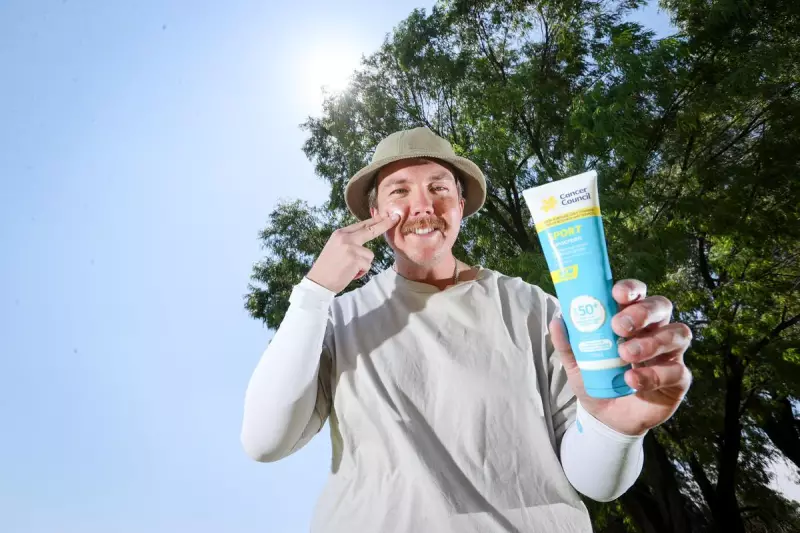
Alarming new research has exposed a dangerous gap in sun protection habits among younger Australians, with Generation Z and millennials identified as the nation's worst offenders when it comes to skin cancer prevention.
Concerning Statistics Reveal Sun Safety Blind Spot
The YouGov survey findings, released during the 40th National Skin Cancer Action Week, paint a worrying picture of Australia's sun protection culture. Only 54 percent of West Australians expressed concern about developing skin cancer, despite statistics showing at least two in three Australians will be diagnosed with some form of skin cancer during their lifetime.
The numbers become particularly concerning when examining younger demographics. Just one third of millennials and a mere quarter of Gen Z respondents considered sun protection extremely important when spending time outdoors.
Cancer Council National skin cancer committee chair Sally Blane expressed deep concern about these findings. "It's particularly important for younger Australians because they spend more time outdoors, they're more likely to get sunburns, less likely to use sun protection", Ms Blane explained.
Back to Basics with Sid the Seagull
In response to these troubling statistics, Cancer Council Australia is reviving its iconic 1980s mascot Sid the Seagull to reinforce the fundamental sun safety message: slip, slop, slap, seek, and slide.
The research revealed specific protection gaps among younger Australians:
- Only 35 percent considered sliding on sunglasses important
- Just 42 percent believed wearing a hat was vital outdoors
- Slightly over half thought applying sunscreen was necessary
- Less than 45 percent valued slipping on protective clothing or seeking shade
These findings were supported by a separate iSelect survey showing 15 to 24-year-olds had the highest rates of sunburn, deliberate tanning, and prolonged sun exposure.
Real Consequences: A Young Survivor's Story
The statistics take on human form in the experience of Luke Myers, a primary school teacher and melanoma survivor diagnosed at just 19 years old.
"I had a mole on the back of my head that was causing some small blood spots on my pillowcase", Mr Myers recalled. "A week later I was told it was stage two melanoma."
His treatment involved extensive surgery: 10 centimetres removed from the back of his head with a skin graft from his thigh. The diagnosis shocked both Myers and his doctor, challenging the misconception that melanoma only affects older people.
Melanoma represents the most common cancer in younger Australians, accounting for 15 percent of all cancers in people aged 15-29.
For Mr Myers, treatment meant putting his life on hold for 13 months, missing university assessments, teaching placements, and sports activities. "At no point did I think this could happen", he admitted. "I thought it was an older person cancer."
Ms Blane emphasized the long-term consequences: "We know that the damage done when you're young can lead to skin cancers later in life. Because there's that long latency period for cancers, sun exposure when you're young is really important."
She also addressed the concerning trend of deliberate tanning among youth: "We are concerned that there is a proportion of young people who do want to deliberately tan. It's not actually healthier looking skin - it's a sign of those skin cells in trauma and damage."
Today, Mr Myers uses his experience to educate his students about sun safety, proving that even those who don't consider themselves at risk can be affected. His story serves as a powerful reminder that skin cancer doesn't discriminate by age.





